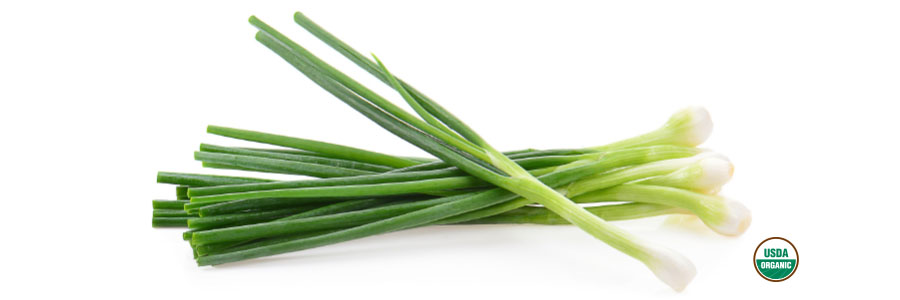


Sign-up for {N}power to get exclusive discounts, newsletters, members-only features, and more!
 Denver - Design District - Alameda and Broadway
Denver - Design District - Alameda and Broadway
368 S Broadway
Denver, CO 80209
United States
 Preferred Store:
Select a Store
Preferred Store:
Select a Store

It’s hard to imagine a civilization without onions. -Julia Child
And without soil, it’s impossible to sustain a civilization! The humble green onion is our featured organic produce this month; it is so widely available that we may take its existence for granted, which is also easy to do with the soil it grows from. While we can take for granted that green onions are abundant and easy to find, it’s dangerous to take for granted the life source of our food supply—healthy, abundant soil—so let’s dig into some fundamentals of food, farming, and climate.

The health of soil, plant, animal and man is one and indivisible. -Albert Howard
When we treat soil like dirt, it loses the synergistic balance of microbes and nutrients that make it vital to the wellbeing of our planet. Healthy soil is rich in organic matter, which increases its fertility, ability to retain moisture, and structural integrity. Organic matter is composed of a mixture of bacteria and fungi, decaying plant tissue, etc. and is rich in carbon. Because of this, soil organic carbon (SOC) is often used as a measurement to indicate levels of organic matter in the soil.1 2 Guess what consumes organic matter faster than it can be created? Synthetic nitrogen, the fertilizer on which most of our food-producing farmland now depends. The proof is in the oldest experimental agricultural fields in the country, the Morrow Plots of Illinois. A group of researchers analyzed the data on SOC in these plots from 1904 to 2005. Over the first few decades, the SOC consistently increased, but after the introduction of synthetic nitrogen fertilizer in 1967, the situation reversed and SOC steadily declined.3 Not only that, the levels of nitrogen stored in the soil were significantly reduced as well, despite the fact that large amounts of synthetic nitrogen had been added to it over time.4 Organic farming, in contrast, uses holistic techniques to fix nitrogen in the soil, build and maintain organic matter, and increase the potential for CO2 sequestration.5 6 With our climate in crisis, every food choice counts—so will your green onions be grown in soil or dirt?
Our primary health care should begin on the farm… -Gary Hopkins
Here’s a not-so-fun fact about metam potassium, the synthetic pesticide most used on green onions in California in 2016: The EPA has identified it as “likely to be carcinogenic to humans.” 7 8 If that’s not unsavory enough, consider this—the roster of pesticide residue found on green onions in USDA pesticide data tests includes four probable carcinogens, 13 suspected hormone disruptors, and 10 honeybee toxins.9 We’ll keep our appetites organic, thank you!
I don't think I'll ever grow old and say, "what was I thinking eating all those fruits and vegetables? -Nancy S. Mure
Oh green onions, you make our favorite savory dishes more delicious AND you come with a serving of the mighty flavonoid quercetin.10 All onions are an excellent source of this phytonutrient, which has potent antioxidant and anti-inflammatory properties, plus there’s an organic exclamation point when we’re talking benefits.11 12 A comparison study between conventional and organically raised yellow and red onions showed that total flavonol content, and quercetin specifically, were higher in organic varieties!13 The reason? Researchers attributed it to the difference in soil management practices.14 Isn’t it delightful when being healthy tastes so good?
Switching to all organic food production is the single most critical (and most doable) action we can take right now to stop our climate crisis. -Maria Rodale
When it comes to flavor, every St. Paddy’s Day spread needs this month’s featured recipe for Natural Grocers Creamy Green Onion Dip! When it comes to food, the future of civilization depends on the choices we make, so let’s make them organic, and not take our planet for granted any longer.



Sign-up for {N}power to get exclusive discounts, newsletters, members-only features, and more!
